As the officially unofficial Editor of our blog here at Elements, I’m often asked for advice from newcomers who are just starting to blog. It can be a daunting task but having a blog for your business can certainly pay off.
If your not convinced, here are a few facts that might change your mind. Believe it or not, a blog is also a form of social media – yes, really. If you think your company is heavily involved in social media, but your company doesn’t have a blog, then you’re not living up to the full potential of your own social media plans. A blog will drive traffic from your social media platforms to your website and vice versa. Blogs are also great for increasing your SEO. Updating your blog regularly will help those web crawlers find your website and put you higher in the search engine rankings. The obvious benefit of the blog is that you’ll be a content creator! I know you’ve heard it before but in todays marketing mix, content is king! Instead of sharing content from other companies and brands, create and share your own.

{image credit: Anna Sawin}
If you’re not sure where to start, here are a few tips to get you started on your journey to becoming a blogger:
- Assemble Your Team
If you’re flying solo on this new blog adventure, that’s ok. But if you have a team that’s going to be working with you on the blog, make sure everyone knows their rolls upfront. The first decision should be who will be the “Editor.” This person should be responsible for scheduling, proofing and coordinating everyone’s posts. This will ensure consistency and enable the other blog team members to have a point-person that will keep the blog on track.
- Plan Ahead
The first thing I do each month for our blog is create a blog calendar. On that calendar, I outline who is posting, the date of the post, and the topic that the post should be about. Planning this out in advance helps immensely – it’s your very own blog to-do list. Everyone knows when, where, why and what they will be posting about.
{image credit: Simon Gutkin}
- Use Your Own Images
It’s tempting to use stock images, Pinterest photos and Google searched images throughout your blog. However, if possible, use your own photography for your blog posts. This is also a part of content creation. Does everyone really need to see the same old stock photography on each post? Get creative. With apps like Instagram and Afterlight, taking images is easier then ever. Of course, we all use a great Pinterest photo now and again, but be sure to give proper photo credit to any and all sources for your photos. Also, in general, use images! People are more likely to read a blog post if you have snazzy images associated with it.
{image credit: Simon Gutkin}
- Vary Your Topics, But Stay Consistent
It might sound like a contradictory statement, but make sure the tone of voice on your blog stays consistent. Are you writing in the first person? Should each member of your team sign-off at the end of his or her blog post? On a more global note, your blog posts can range in terms of topics, but they should essentially be about one thing. For example, our Elements blog is geared toward marketing and design, as we are a marketing and design agency. Those categories encompass a lot of great topics that we can incorporate into our blog. If you’re writing a food blog, keep the topics about, you guessed it, food related topics. You’d be surprised at the amount of blogs that don’t have a consistent message geared toward a particular audience and this can get very confusing to readers. Of course, don’t be afraid to sprinkle a personal touch on your blog every now and then – you still want it to show your personality and be relatable to your readers as a real human being.
- Don’t Be Silent
Starting a blog is a real commitment. I’ve seen far too many blogs whose last posts are from 2011. If you’re not ready to take on the responsibility of blogging on a regular basis then you should really reconsider starting one. So then comes the question of “what do you consider regular.” Each blog should take this into consideration before they begin. Regular could be everyday, two times per week, or even one times per month – but whatever you chose, keep it consistent so your readers know when to expect new posts from you. If you have the capabilities to blog daily, then go for it. Your audience will adapt to your blogs “regularity.”
Amy gave me a great analogy for this post by saying: “Facebook is more like talking to a college friend, Twitter is like a cocktail party and blogging is like a marriage.” She’s right, blogging is a real commitment and you need to make sure you’re ready to take the plunge.
Do you have any other questions on blogging that I didn’t cover? I’m always excited to answer “blogger basics”!
~Allyson






